Product Marketing and Sales Enablement: Increasing Pipeline by 2x
15 Mar 2022
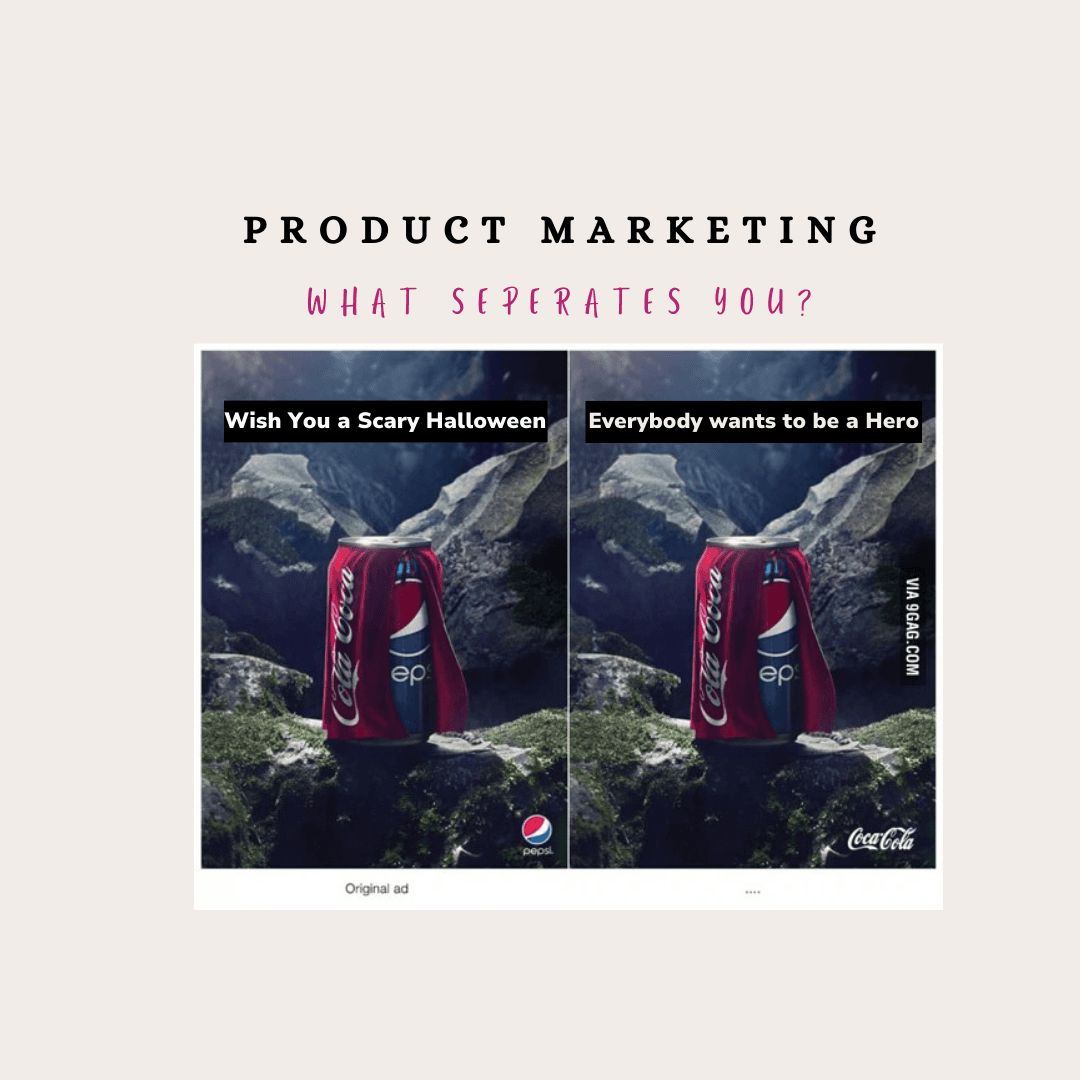
Before we start,
Here's a glimpse of my framework.
It should give you a very good idea of how I approach product marketing.
This approach has helped me achieve funnel optimization with avg 12-32% increase in revenue:
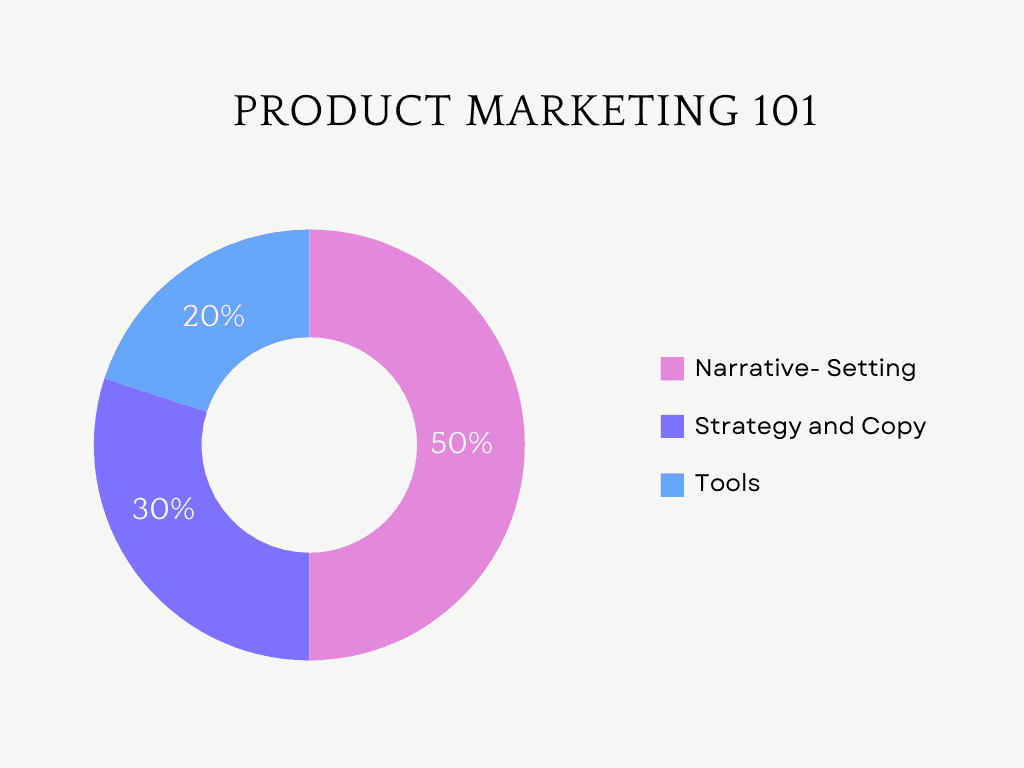
In this blog, I plan to diving deeper.
~Tell you everything that has worked for me while create product marketing strategies and content.
Going back to the framework;
Here's my philosophy in short:
You CANNOT build a product marketing strategy unless you have zero-ed in with your org's:
Buyer Persona Needs
Your Narrative
Messaging and Positioning
You see, product marketing will be the first content assets you'll create. This includes your:
Product Pages/ Brochures/Launches (Take Cashfree and Keka HRMS product pages- that i helped revamped, SEO optimise and made conversion centric)
Sales Deck
Tool Walkthrough- These FAQ videos will give an idea
Competitor Pages (will write a blog on this soon)
Educational Content- Blogs, Use Cases, Whitepapers
So, your base (Central Entity) needs to be as clear as crystal.
This will derive your revenue until your brand and organic growth take over.
After that, product marketing is all about conversion.
In this blog, I'll try to give you glimpse into my framework with results it bore.
Let's get started.
Objective 1: Drive Product Adoption and Conversion
In my previous projects, I've tried to keep this as priority Numero Uno for product marketing collaterals.
For 0-1 or 1-10 companies, the best way of going about it is Education.
Educate your team and your customers alike.
For Sales-
Create distinct buyer persona decks. Clear out the ICP's motivation and pain points.
For each product/service, create detailed sales decks, educational material about the need in market, how the product solve it and why it does it better than any of its competitors.
Create clear user journey touchpoints. Personalize it to the channel (Organic, Paid, Brand etc). Here's a template to give you a fair idea:
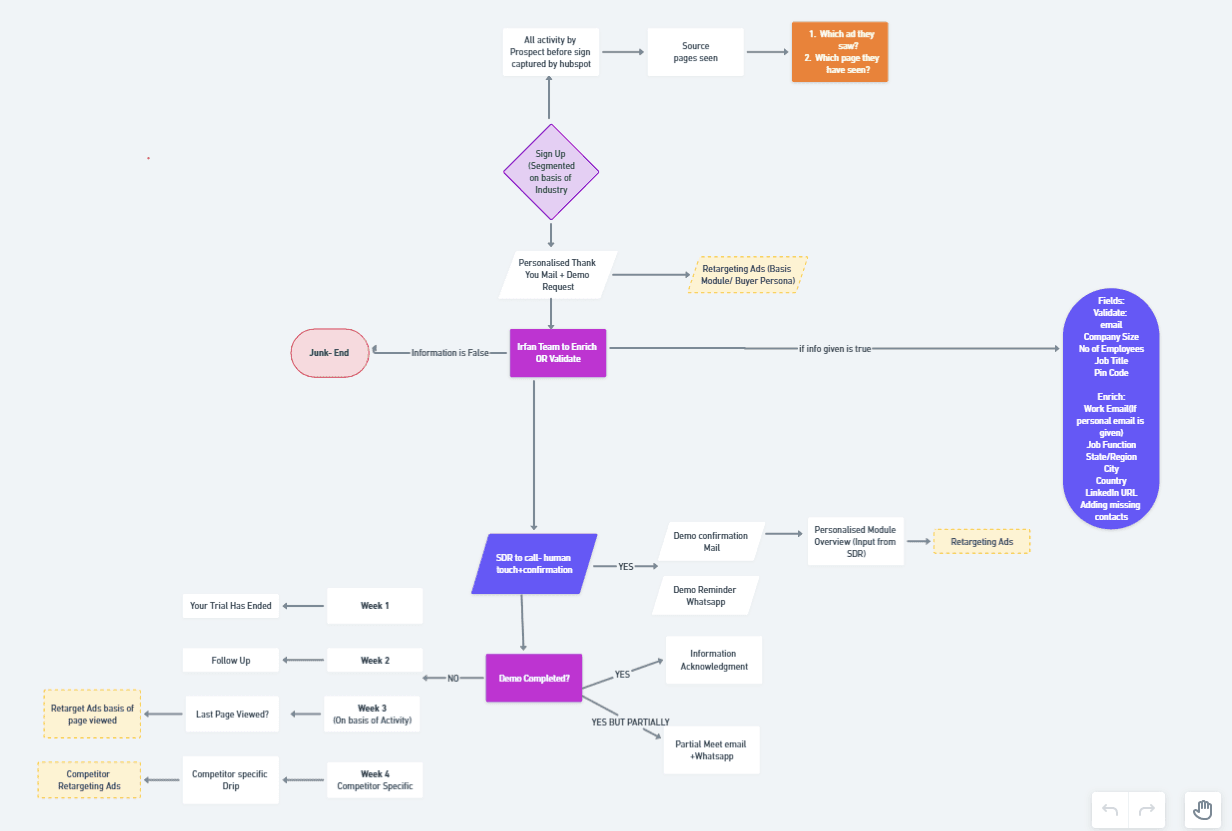
Trust me-it's better to strategize it all before you go big.
Replacing a touchpoint strategy can be tough~ from a strategical, technological, and financial point of view.
If possible, provide templates (email/whatsapp/linkedin copies) that Sales and Inside Sales can utilize. Reiterate and personalize- creating specific journey for different buyer segments.
Exhibit A:
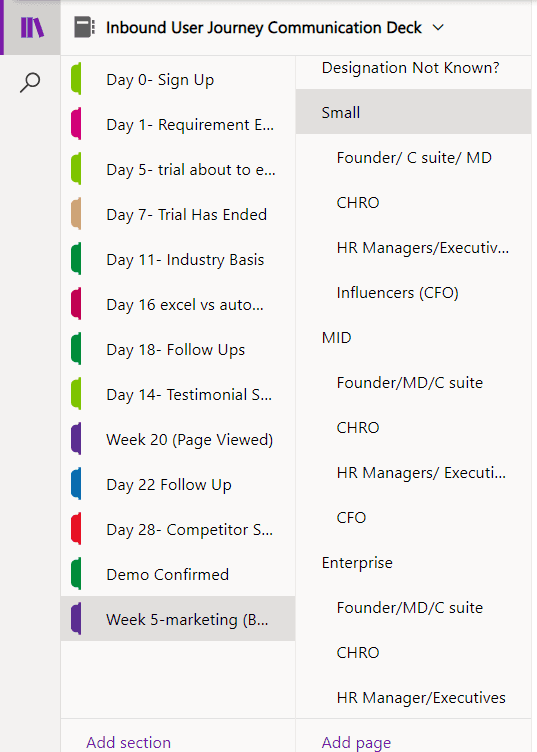
Implement targeted email marketing campaigns to nurture leads through the sales funnel. Encourage conversion with interactivity, A/B testing, new formats and strategies. Here's one intro mail from an outbound campaign (MEA region) we created.
P.S- It had a response rate by 13%
For Customers
Create original frameworks and models. Create content that helps your TG. Not the one that helps you.
Educate with quality thought leadership content. Use cases, whitepapers, eBooks. Let them double as lead and gen and event collaterals. Distribute efficiently. Exhibit A:
P.S- this particular whitepaper had 800+ downloads with virtually no ad spend

Provide exceptional customer support and onboarding experiences to ensure a smooth transition from trial to paying customer.
Objective 2: Enhance Product Differentiation and Competitive Positioning
Next step is to differentiate yourself from your competitors.
Depending on your brand's narrative, You could be this:

Or you could be:
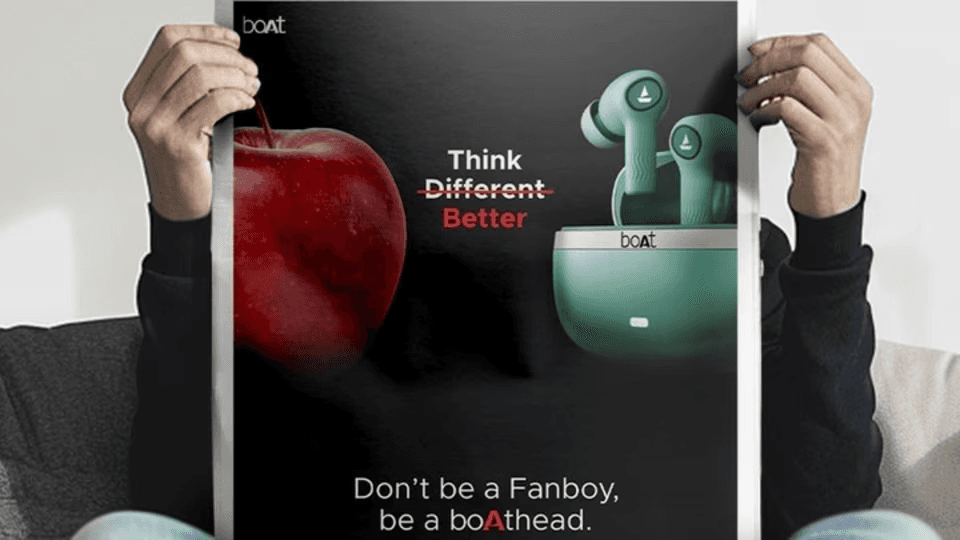
Before choosing either, ensure its in line with your brand's narrative.
From a product marketing perspective, research should be 80% of your work
Conduct a competitive analysis and identify key areas where the product can differentiate itself from competitors.
Here's are some competitor pages I have crafted before
Some tips to consider:
Conduct thorough market research and competitive analysis to understand the strengths and weaknesses of competitors and identify opportunities for differentiation. Collaborate closely with product development teams to prioritize and implement new features or enhancements that address customer needs and pain points.
Solicit feedback from customers through surveys, interviews, and user testing. Gather insights for product improvements and optimizations.
Most importantly, Continuously monitor market trends to refine your strategy.
Objective 3: Distribute Efficiently
Use emails, ads, SEO to your advantage.
Personalize on basis of Buyer persona, company size, demographics- or whatever works best in your niche.
All the things I mentioned about relevant content in my Topical Authority piece hold true.
Check that out for more information.